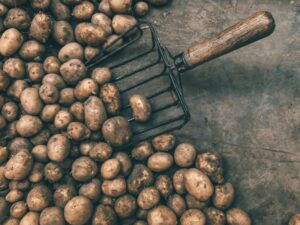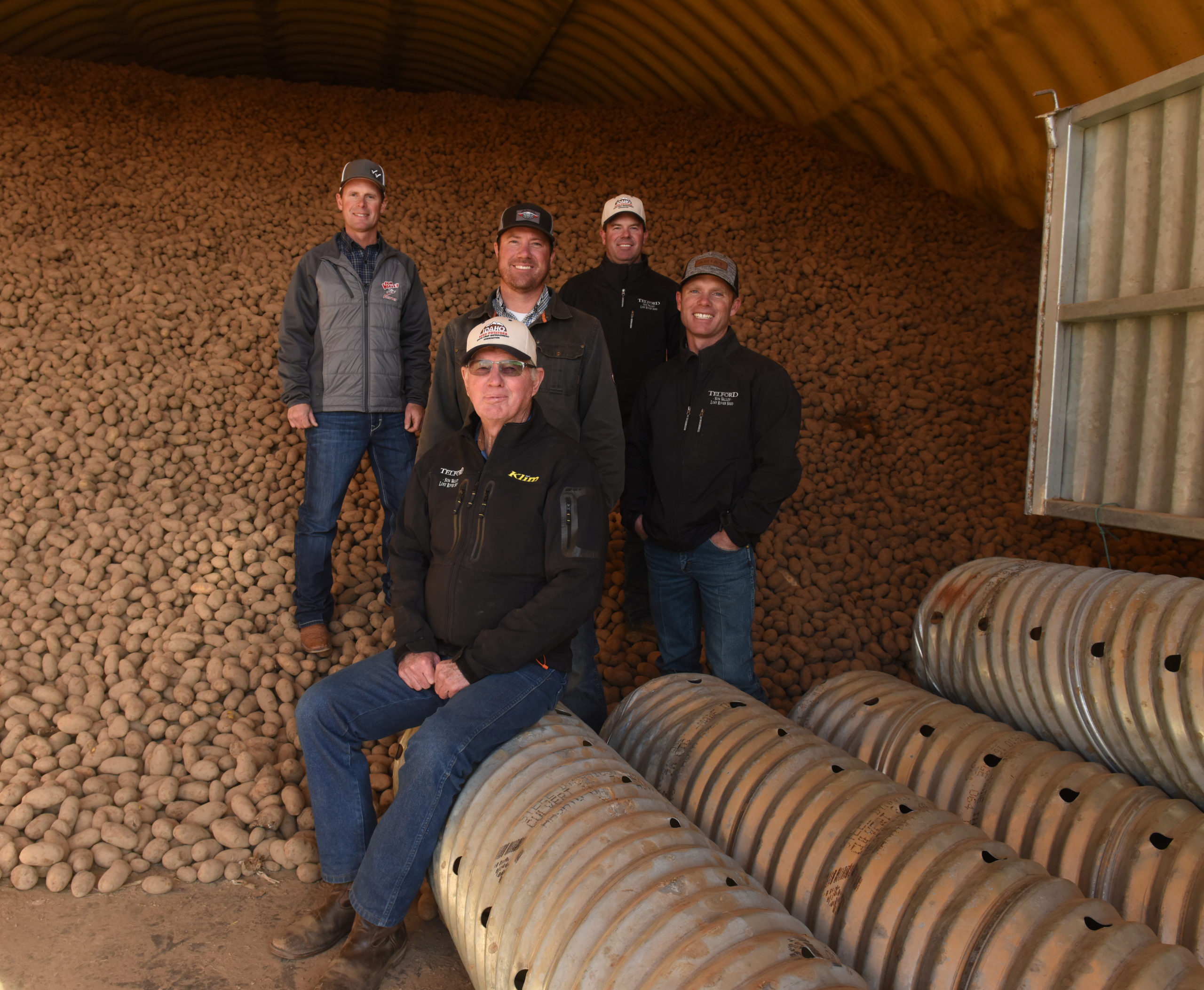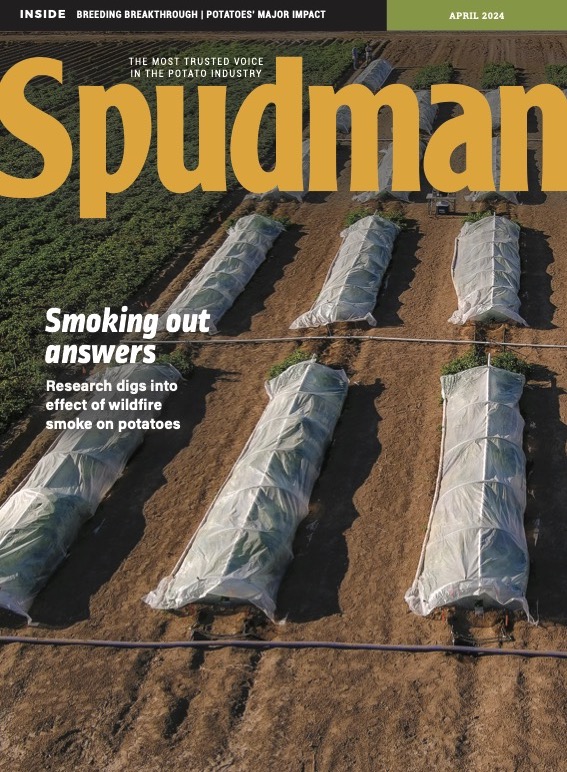Feb 13, 20242022 ag census shows increase in new producers, decline in total farms
Though the total number of U.S. farms continued to decline, the USDA National Agricultural Statistics Service’s 2022 Census of Agriculture showed an increase in the number of new and beginning producers.
The census, released Feb. 13, spans more than 6 million data points collected directly from producers every five years about America’s farms and ranches and the people who operate them.
The full Census of Agriculture report as well as publication dates for additional ag census data products can be found at nass.usda.gov/AgCensus. Ag census data can also be found in NASS’s searchable online database, Quick Stats.

“We are pleased to provide updated Census of Agriculture data to all those who serve U.S. agriculture, especially the producers who gave their time to complete the questionnaire,” Hubert Hamer, NASS administrator, said. “Census of Agriculture data tell a story. This comprehensive snapshot every five years helps data users to see trends and shifts in the industry over time and helps producers do business.
“Overall, though there are always changes across U.S. agriculture, the data remain largely consistent with the previous ag census. Data users will also notice some new data on the topics of hemp, precision agriculture and internet access.”
DATA OVERVIEW
Ag census data provide insights into demographics, economics, land use and activities on U.S. farms and ranches such as:
- There were 1.9 million farms and ranches (down 7% from 2017) with an average size of 463 acres (up 5%) on 880 million acres of farmland (down 2%). That accounts for 39% of all U.S. land.
- Family-owned and operated farms accounted for 95% of all U.S. farms and operated 84% of land in farms.
- U.S. farms and ranches produced $543 billion in agricultural products, up from $389 billion in 2017. With farm production expenses of $424 billion, U.S. farms had net cash income of $152 billion. Average farm income rose to $79,790. A total of 43% of farms had positive net cash farm income in 2022.
- Farms with internet access continued to rise, from 75% in 2017 to 79% in 2022.
- A total of 153,101 farms and ranches used renewable energy producing systems compared to 133,176 farms in 2017, a 15% increase. The majority of farms (76%) with renewable energy systems reported using solar panels.
- In 2022, 116,617 farms sold directly to consumers, with sales of $3.3 billion. Value of sales increased 16% from 2017.
- The 105,384 farms with sales of $1 million or more were 6% of U.S. farms and 31% of farmland; they sold more than three-fourths of all agricultural products. The 1.4 million farms with sales of $50,000 or less accounted for 74% of farms, 25% of farmland, and 2% of sales.
- Nearly three-fourths of farmland was used by farms specializing in two commodity categories: oilseed and grain production (32%) and beef cattle production (40%).
- The average age of all producers was 58.1, up 0.6 years from 2017. This is a smaller increase than average age increases between prior censuses.
- There were just over 1 million farmers with 10 or fewer years of experience, an increase in the number of beginning farmers from 2017 of 11%. Beginning farmers are younger than all farmers, with an average age of 47.1.
- The number of producers under age 35 was 296,480, comprising 9% of all producers. The 221,233 farms with young producers making decisions tend to be larger than average in both acres and sales.
- In 2022, 1.2 million female producers accounted for 36% of all producers. Fifty-eight percent of all farms had at least one female decision maker.
 The response rate for the 2022 Census of Agriculture was 61%, with more than 40% of responses submitted online.
The response rate for the 2022 Census of Agriculture was 61%, with more than 40% of responses submitted online.
To address questions about the 2022 Census of Agriculture data, NASS will host a live X Stat Chat (@usda_nass) for the public on Wednesday, Feb. 14, at 1 p.m. EST. Ag census data highlight publications are available at nass.usda.gov/Publications/
The Census of Argiculture was first conducted in 1840 in conjunction with the decennial Census and conducted since 1997 by USDA NASS – the federal statistical agency responsible for producing official data about U.S. agriculture.







